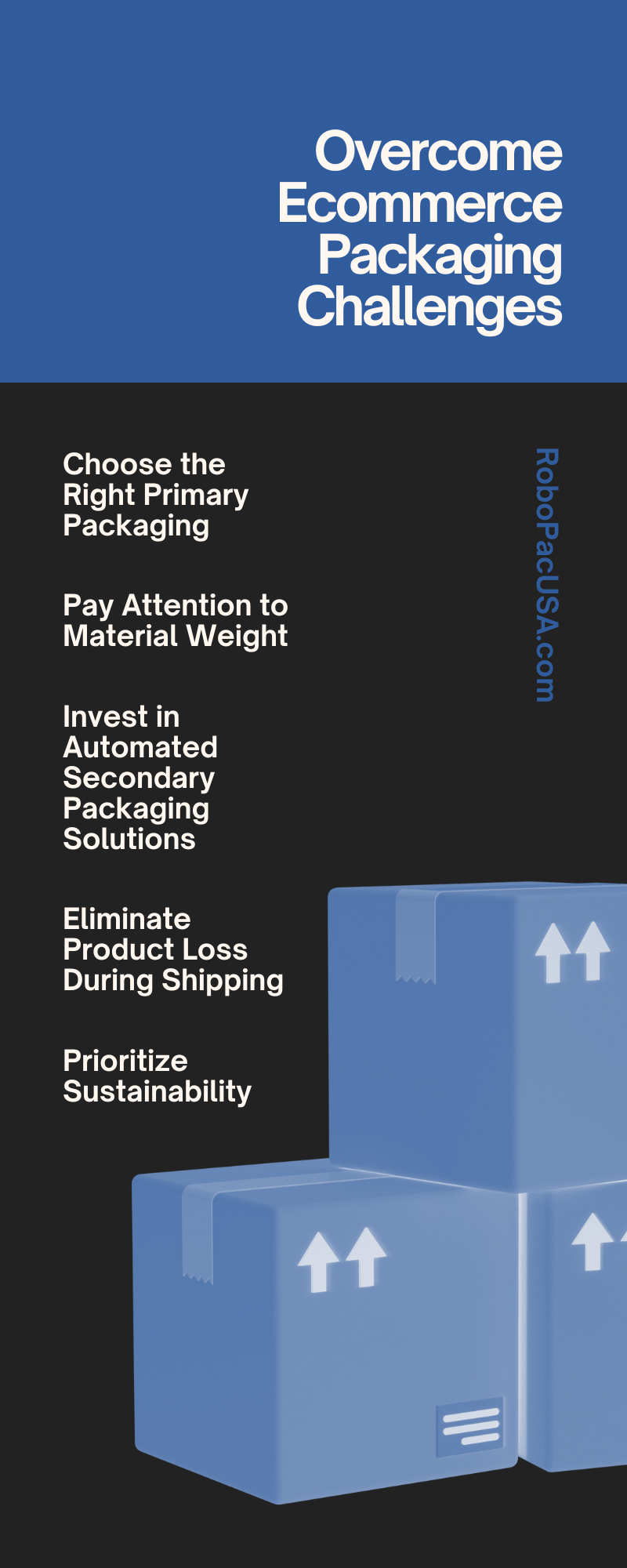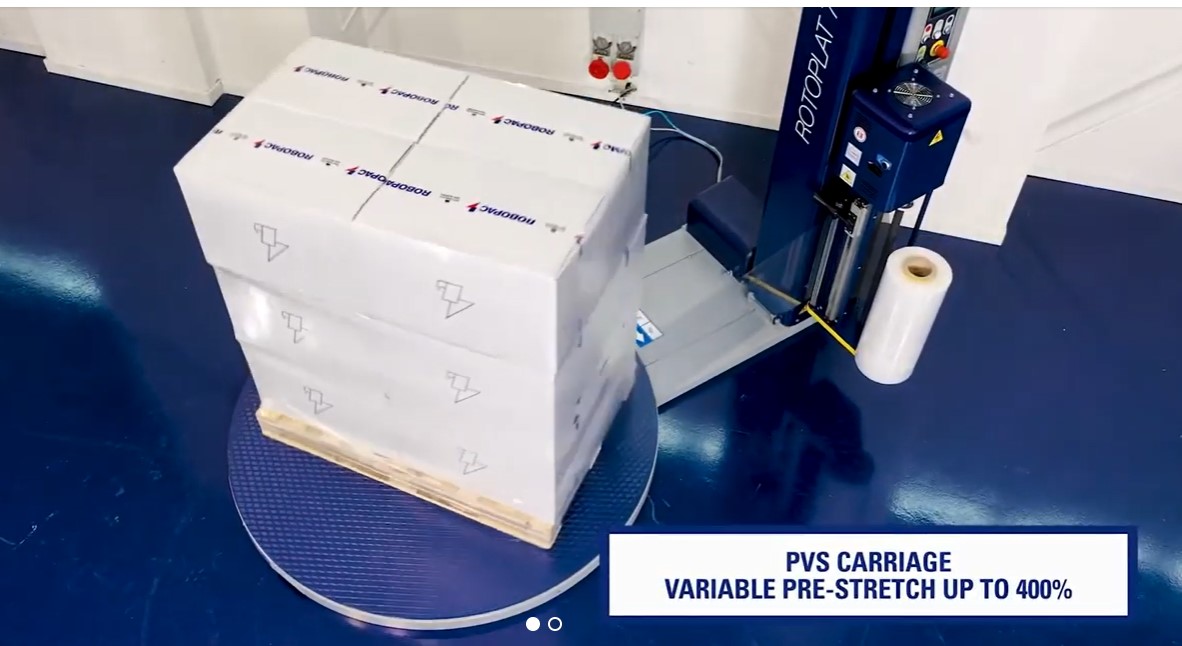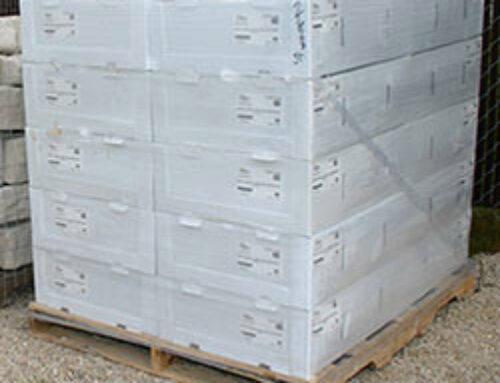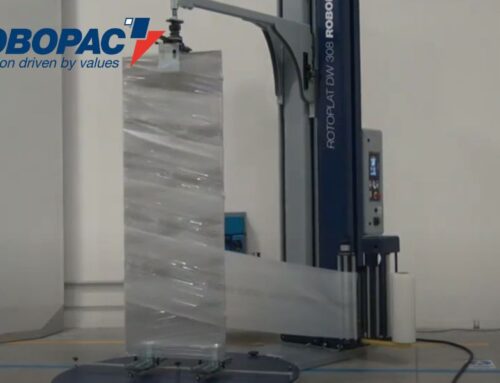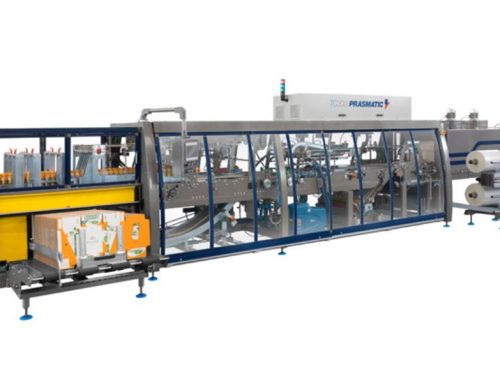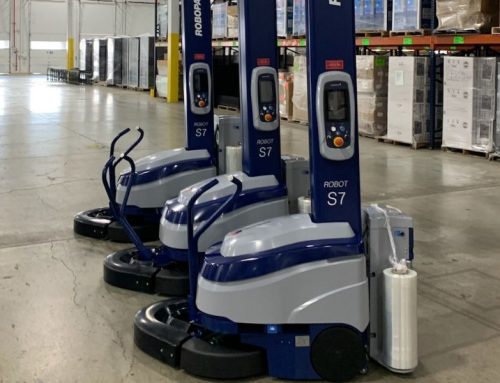Ecommerce businesses are always looking for ways to reduce costs and increase efficiency, and packaging is no exception. However, many ecommerce businesses struggle with the challenges of effective packaging.
Packaging can be a major expense for ecommerce businesses, and it can be difficult to find the right balance between protecting your products and minimizing costs. There are a few tips that can help you overcome some of the most common packaging challenges within your facility and throughout your supply chain. By choosing the right packaging materials, minimizing product damage, and prioritizing efficiency, you can navigate the obstacles facing your ecommerce business and find greater success with your products. Discover how to overcome e-commerce packaging challenges with this guide.
Choose the Right Primary Packaging
When it comes to packaging, function is just as important as appearance. After all, the packaging is what protects your product and ensures that it arrives safely at its destination. But with so many options available, how can you choose the right primary packaging for your product?
First, consider the function of the packaging. Will it need to withstand rough handling? Will it be exposed to extreme temperatures? Make sure that the packaging you choose can protect your product from the elements and keep it safe during transit.
Then, take a look at the appearance of the packaging. Is it eye-catching and informative? Does it fit with your brand identity? Keep in mind that first impressions matter, so choose primary packaging that will make a good impression on your customers. By considering both function and appearance, you can choose primary packaging that best suits your product and enables safe, efficient, and cost-effective shipping with your secondary packaging.
Pay Attention to Material Weight
Material weight and the rising costs of shipping and storing also present challenges for ecommerce companies. The weight of the materials you use in packaging can have a significant impact on your bottom line. Heavier materials are generally more durable, but they also lead to higher shipping costs. On the other hand, lightweight packaging options may be less expensive to ship, but they may not be as durable and could lead to increased replacement costs.
To get the most cost-effective option, you’ll need to strike a balance between durability and efficiency. Consider your product and shipping needs carefully to make the best decision for your business.
Invest in Automated Secondary Packaging Solutions
In the face of rising costs, changing customer demands, and labor shortages, companies today are searching for new ways to improve their packaging processes and speed up their time to market. One way to achieve this and overcome ecommerce packaging challenges is to invest in automated secondary packaging solutions.
Automatic equipment can streamline your workflow, boosting efficiency and freeing up your employees for other tasks. Additionally, automation can help to improve accuracy and consistency in your packaging process. Automatic and semi-automatic solutions also help to reduce labor costs and minimize product damage.
By investing in equipment such as a semi-automatic pallet wrapper, you can help to ensure that each and every product that leaves your facility is properly packaged and meets all your quality standards. In today’s competitive marketplace, these are essential considerations. With automation, you can rest assured that your secondary packaging process is up to the task.
Eliminate Product Loss During Shipping
Any business that ships products needs to be aware of the risk of product loss. Whether it’s due to damaged goods, missing items, or incorrect orders, product loss can have a major impact on your bottom line. Fortunately, there are a number of strategies you can use to minimize product loss during shipping.
Weighing pallets before shipping can help you ensure that your products are properly secured, the pallet is not overloaded, and the weight is evenly distributed. This helps to prevent damage during transit and minimizes the risk of items falling off the pallet. Additionally, weighing your pallet allows you to better monitor each product load for theft throughout the supply chain.
Creating stable pallet loads is also important. Be sure to use sturdy packaging materials that can withstand a bit of jostling without damaging the contents. Consistent pallet stacking and secure wrapping—both of which become easier with an automatic or semi-automatic packaging solutions—also ensure safer, more reliable transit for your products.
Prioritize Sustainability
Sustainability has become an important consideration for businesses in all industries, and ecommerce is no exception. In addition to the environmental benefits of sustainability, there are also economic benefits to be gained by reducing packaging waste.
For example, packaging materials are a significant portion of the cost of goods sold (COGS) for many ecommerce businesses. By using sustainable packaging materials, businesses can reduce their COGS and pass those savings on to their customers. Additionally, sustainable packaging can help businesses to reduce their shipping costs. This is because sustainable packaging is often lighter and more compact than conventional packaging, which means that it takes up less space and requires less energy to ship.
Finally, sustainable packaging can help businesses to build brand loyalty and customer trust. Customers are becoming increasingly aware of the environmental impact of their purchasing choices, and they are increasingly likely to prefer products that are packaged in a way that minimizes waste and resources. In the face of ecommerce challenges like ever-changing customer demands and fluctuating supply chains, sustainability can help ecommerce businesses meet these customer expectations and build long-lasting relationships with their customers.
Navigate Supply Chain Fluctuations
As the world becomes more connected, businesses must adapt to ever-changing supply chains. New shipping technologies, evolving customer demands, and global product and labor shortages create supply chain fluctuations that businesses need to overcome.
To navigate these fluctuations, ecommerce businesses need to be proactive and have a clear understanding of their supply chains. They also need to build relationships with suppliers and customers, so that they can quickly adapt to changes. By being agile and adaptable, businesses can overcome the challenges of a volatile supply chain and ensure that their products reach the market on time.
In order to be successful in ecommerce, it’s essential to overcome the challenges of packaging, shipping, and supply chain fluctuations. Robopac USA has the equipment you need to optimize your workflow and stay flexible and productive even as you face the ups and downs of the ecommerce industry.
